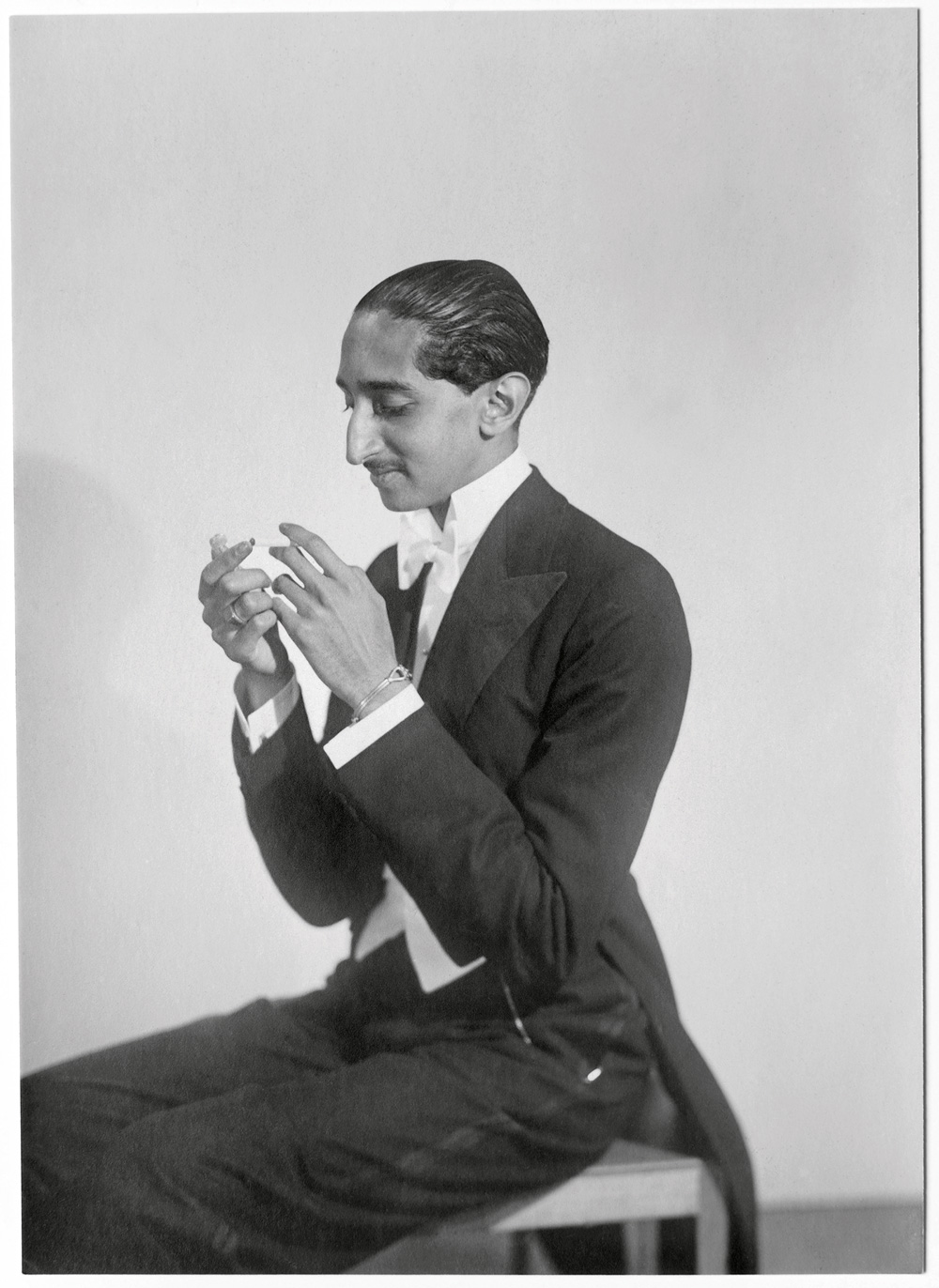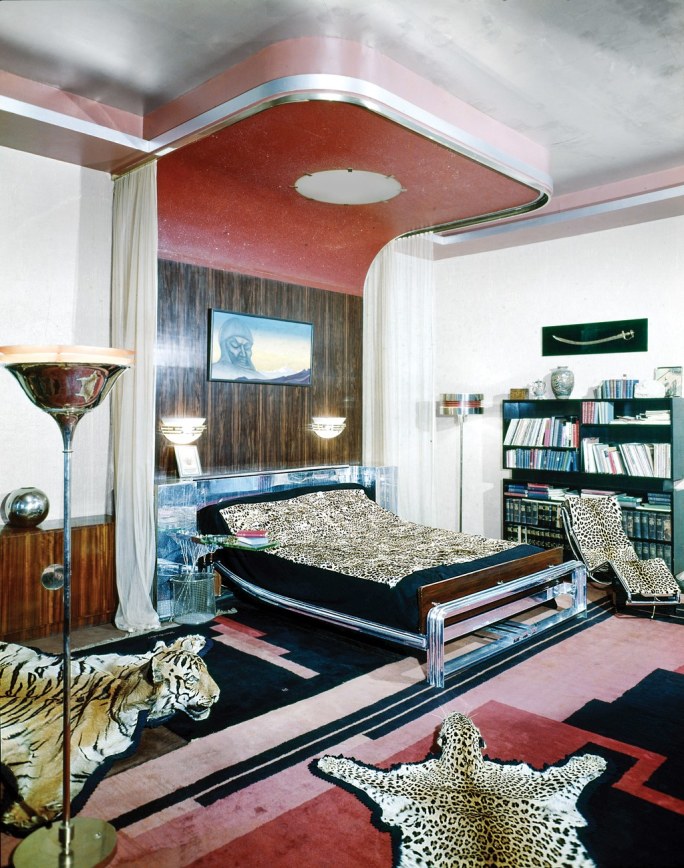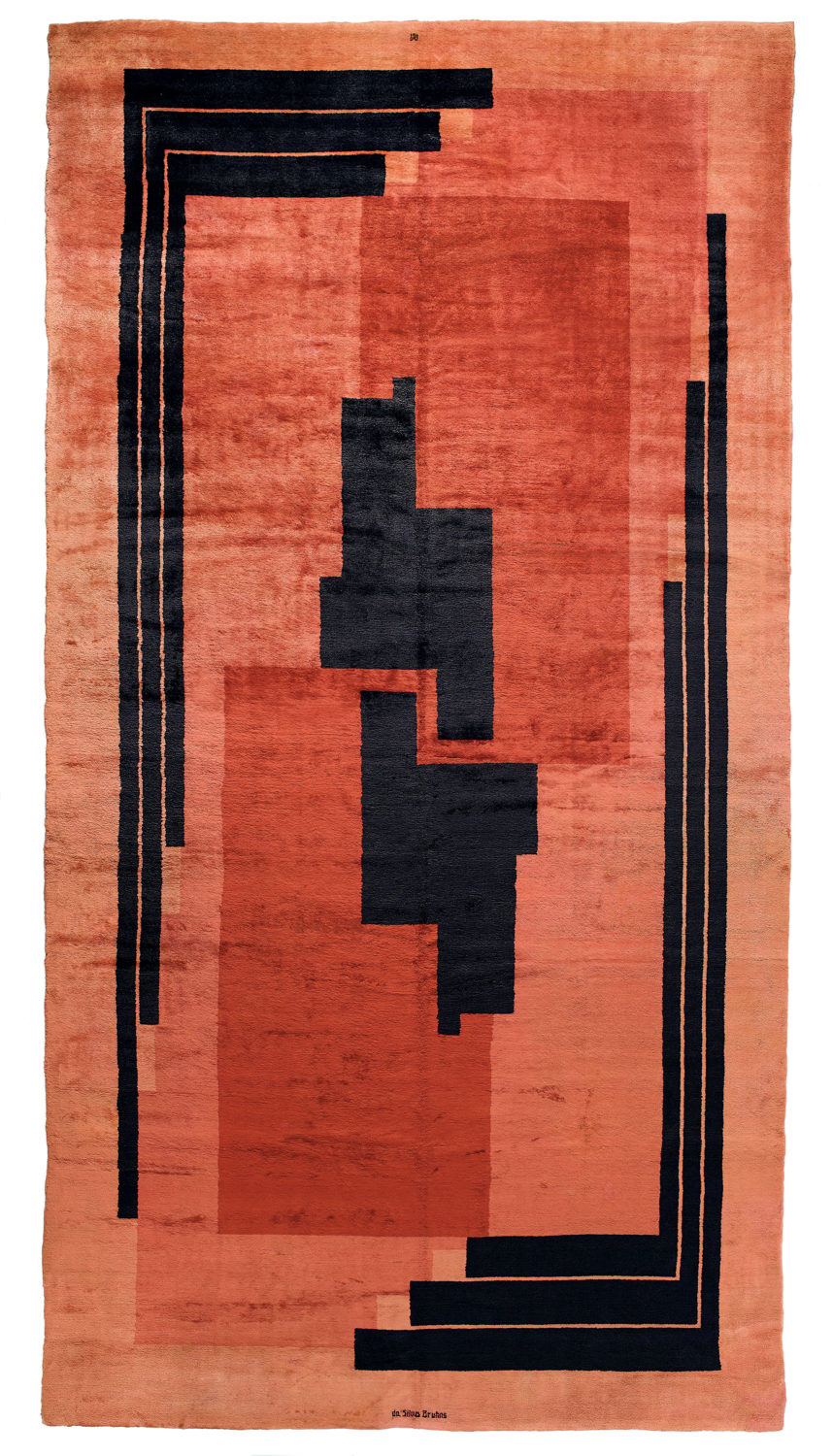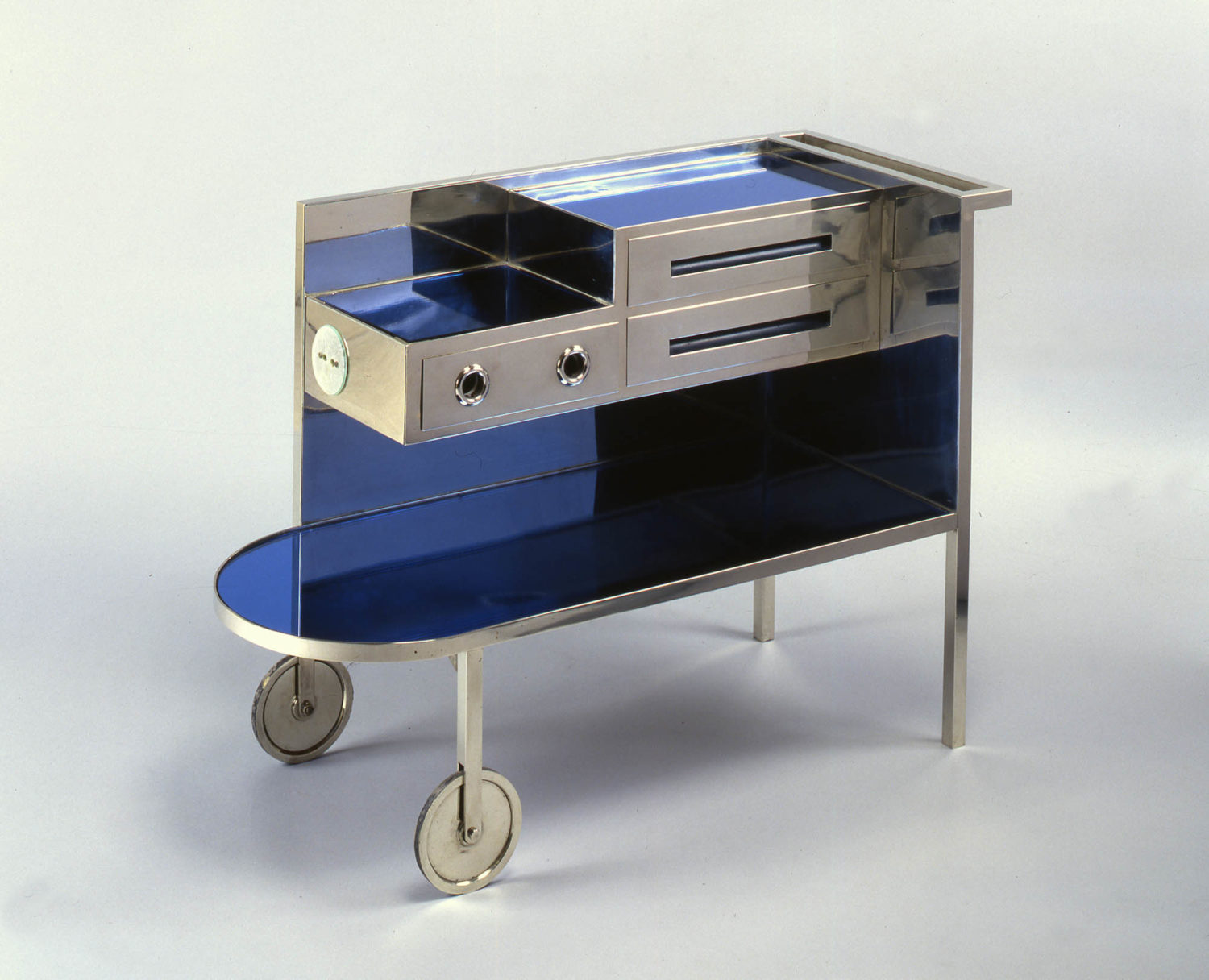How A Young Maharaja Built One Of The World’s Best Modern Design Collections
By Something CuratedRenowned for his outstanding collection of Modernist furniture, the Maharaja of Indore is a legendary figure in the world of design. Born in 1908, Yashwant Rao Holkar II spent his youth living in luxury, enjoying the privileges afforded to India’s aristocracy. During the 1920s, Holkar II relocated to England to study at Oxford where a private tutor, Dr. Marcel Hardy, introduced him to the cultural scene of European Modern art. Through Hardy, Holkar II met two figures who would become seminal in his creative pursuits: the German Modern architect Eckart Muthesius and French artistic advisor and writer Henri-Pierre Roché, both of whom were closely linked to the avant-garde. Together, the three friends visited England, Germany and France, exploring art fairs, museum exhibitions, galleries and artists’ studios, stirring in Holkar II an appetite for the Modern.

The last monarch of the dynasty, as India gained independence during his reign, Holkar II was coronated as the Maharaja of Indore following his father’s abdication in 1926, rapidly gaining immense affluence. In 1929, shortly after meeting the eminent French couturier and collector Jacques Doucet in Paris and seeing his studio and collection, the Maharaja decided to build a grand palace in his native India where he would combine luxury, comfort and modernity, embracing the features of the Modernist movement. Muthesius, the Maharaja’s good friend and mentor, was responsible for drawing up the blueprints. This entailed transforming the foundations of a pre-existing building in order to construct a Modern private residence for the Maharaja and his wife, the Maharani Sanyogita Bai Devi. From 1929 to 1932, Muthesius dedicated his energy to the creation of this Modernist mansion.

Conceived with their day-to-day needs and desires in mind, the Manik Bagh Palace was decked out with fittings and furniture that celebrated the most innovative materials of the period such as metal, synthetic leather and glass, while paying particular attention to colour within each room. Nearly twenty select interior designers were brought together to furnish the splendorous living spaces. Some of the most exemplary pieces in Holkar II’s collection include Transat armchairs by Irish designer Eileen Gray; a pair of red synthetic leather armchairs with integrated lamps by Muthesius; beds in metal and glass by French designers Louis Sognot and Charlotte Alix designed for the respective bedrooms of the royal couple; and rugs by French painter and weaver Ivan Da Silva Bruhns that covered the palace floors like enormous abstract paintings.

Alongside the majestic palace, over several years, Holkar II commissioned Muthesius to design a furnished private train, an airplane and a caravan, as well as unrealised projects such as a riverboat and a summer palace. The Maharaja also had a keen interest in the venerable jewellery houses of the time such as Van Cleef & Arpels, Harry Winston and Chaumet, all of whom created magnificent pieces for the Maharani. Attending numerous salons and exhibitions during the 1920s and 30s in Paris, the Maharaja made several key acquisitions of furniture, objects and lighting while in France, most notably from the Maison Desny. Important commissions for the dining room include china by French ceramicist Jean Luce and silverware by French silversmith Jean Puiforcat, who also designed the monogram of the Maharaja and Maharani displayed over the entrance to the Manik Bagh Palace.

Previously on display from 26 September 2019 until the beginning of 2020, Paris’ Musée des Arts Décoratifs hosted the exhibition Moderne Maharajah, un mécène des années 1930, offering a unique opportunity to view the extensive collection of art and design amassed by a man who spared no expense in pursuing his passion for all things Modern. Reunited for the first time since these 500 objects left the Manik Bagh Palace, and bolstered by rare archival materials, the presentation paid homage to one of the most emblematic figures of the 1920’s and 1930’s whose patronage of the Modern arts allowed a movement to flourish. Discover more about Holkar II’s fascinating life and collection through the exhibition’s beautiful publication.
Feature image: Eckart Muthesius, House of the Maharani, circa 1933 © Collection Vera Muthesius / Adagp, Paris